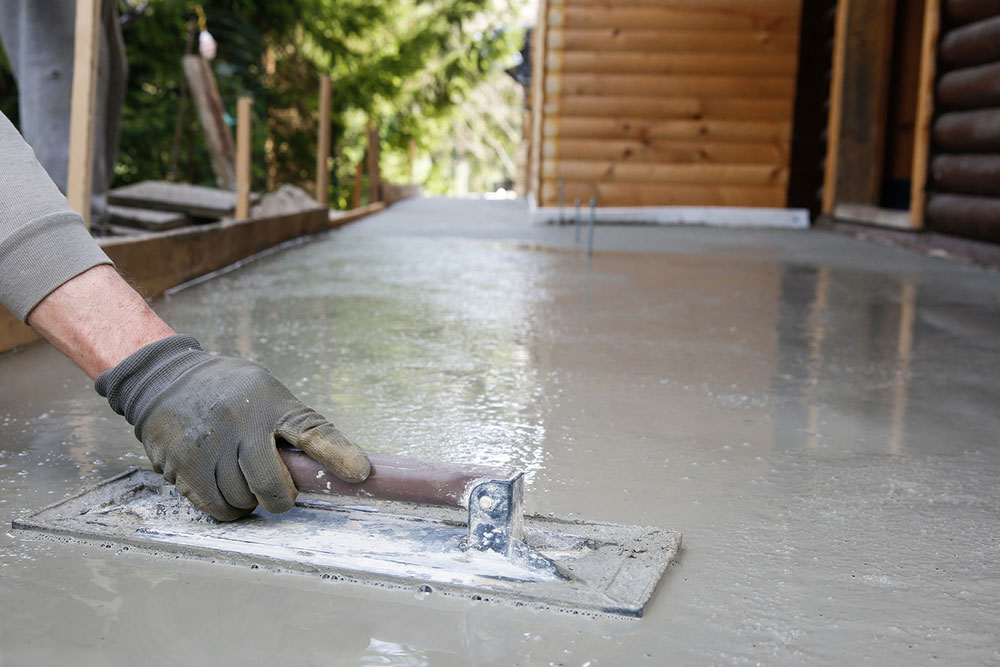4 common concrete leveling mistakes to avoid

Concrete leveling is an important part of construction and remodeling projects. It involves repairing and correcting uneven concrete surfaces. Uneven concrete surfaces can result from various factors, from normal wear and tear to faulty installation. They are visually unappealing and also a hazard, as one can trip on them and get injured. To prevent such issues, it is important to do proper concrete leveling without any mistakes, eliminating the need for frequent repairs.
Not hiring a professional to do the job
Unless the homeowner is an expert and has the necessary skills for successful concrete leveling, it would be wise to hire a professional to do the work. They will ensure that the leveling is done without any risk of damage and conduct inspections before starting the work.
Doing concrete leveling for minor damages
A common mistake is to do concrete leveling when there is only minimal damage to the surface. This can include slight hairline cracks, which are usually a natural part of the curing process of the concrete. These cracks generally remain the same in terms of depth, size, and appearance. Also, these do not get worse over time. Instead of spending money and resources on concrete leveling, these cracks can be easily managed with cosmetic fixes.
Using concrete leveling to fix severe damage
Just like it’s a mistake to try to fix superficial cracks with concrete leveling, so is trying to repair severe damage. Severe deterioration can naturally occur on a concrete surface over the years. It includes sections breaking away, edges crumbling, and damage to the structural integrity of the concrete surface. In such situations, concrete leveling alone won’t repair the damage. It would only result in more problems in the long run. In case of severe damage, the entire concrete surface needs to be replaced.
Using a self-leveling concrete mix
Self-leveling concrete is quite a tricky material to use, as it can lead to many mistakes if one does not exercise caution. For instance, it is common to use warm water with other concrete mixes. But if warm water is added to self-leveling concrete, it will set up too quickly, forming bubbles and hills. Besides this, every brand of self-leveling concrete comes with different instructions. So, one cannot mix multiple brands and expect good results.